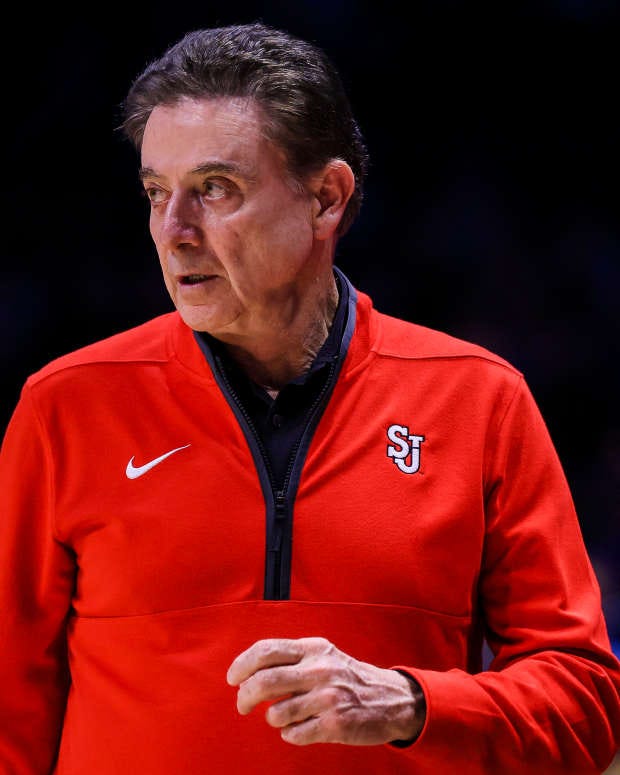The Transfer Portal's Frenzy Meets UConn's Blueprint for Stability
The Mega-Haul might be SEXY, but Dan Hurley's approach shouldn't be questioned.
In the whirlwind of modern college basketball, the transfer portal has emerged as a seductive force, promising instant roster makeovers. With over 2,300 student-athletes entering the portal this offseason, the temptation to chase quick fixes is palpable. Yet, in this era of fleeting allegiances, UConn's Dan Hurley offers a masterclass in restraint, proving that continuity and substance can still forge champions.
The 2024-25 season underscored a seismic shift: only 42% of Division 1 minutes were played by returning players, with high-major programs, flush with NIL budgets, often opting for near-total roster rebuilds. Hurley, however, resists this tide. At UConn, he prioritizes retaining core players, bids outgoing transfers a gracious farewell, and selectively integrates high-impact newcomers—freshmen and transfers alike. This isn't just philosophy; it's strategy backed by data. Teams with returners accounting for at least 50% of minutes consistently outperform those leaning heavily on portal acquisitions. Three of this year's Final Four teams, including Houston and Florida, leaned on returners for over 69% of their minutes, a testament to the power of stability.
A four-year study on roster construction by a friend of the program, Evan Miyakawa of EvanMiya.com, further validates Hurley's approach. Teams in the top 10 average 60% of minutes from returners, while those missing the NCAA Tournament often rely on transfers to fill the void. The portal's allure is undeniable—new talent can spark a season—but it carries risks. Heavy reliance on transfers can fracture team chemistry, leaving programs scrambling to gel. Hurley, by contrast, builds around a cohesive core, fostering an environment where new additions enhance rather than redefine the team's identity.
This philosophy shines at UConn, where Hurley's focus on retention has kept the Huskies among the elite. By blending returning talent with strategic portal picks, UConn maintains its edge while setting a foundation for long-term dominance. In a landscape where the portal is often hailed as a cure-all, Hurley's model reminds us that true success lies in substance, not spectacle.
The Big East offers a vivid contrast. St. John's, under Rick Pitino, is stockpiling talent through the portal, assembling a roster brimming with potential. Yet, questions linger: Can these players mesh within Pitino's system? Will they find a point guard to orchestrate the offense? Last season, St. John's embodied grit and defensive tenacity, evoking memories of Georgetown's glory days. But with an influx of offensive firepower, preserving that defensive identity is no guarantee. The portal's chaos—aptly described on Big East Energy as "drunk"—fuels excitement but demands cohesion to translate talent into wins.
UConn and St. John's represent two poles of modern roster-building. UConn's deliberate continuity contrasts with St. John's aggressive portal dive, highlighting the diverse paths teams navigate. One can argue that considering the volatile nature of college basketball today, Coach Pitino’s strategy is one of urgency and to maximize gains, given his advanced age. He’ll turn 73 before next college basketball season, while that might be a spring chicken if he were running for president, in the high-stress environment of coaching at the highest level of college basketball, the urgency to be great and to win a title has to be considered. But I’ve learned, there are no shortcuts in life, and there doesn’t seem to be one in roster construction either.
The Big East's resurgence hinges on its traditional powers—St. Johns, Georgetown, and others—reclaiming national prominence. Success, however, requires balance. The portal can augment rosters, but without a stable core, teams risk losing their soul.
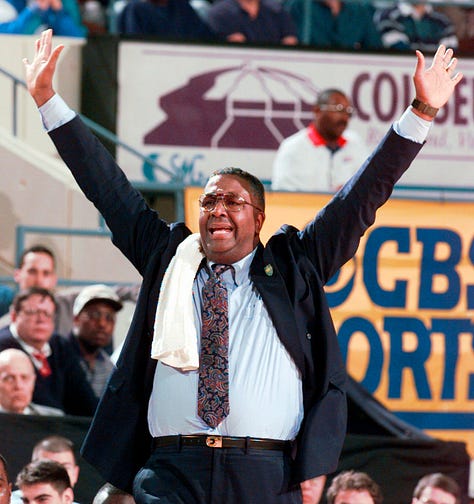
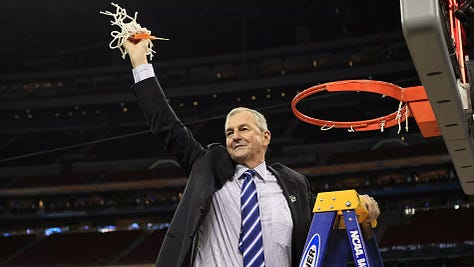

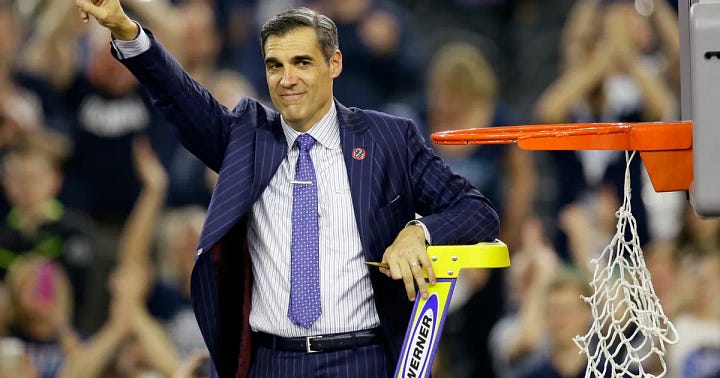
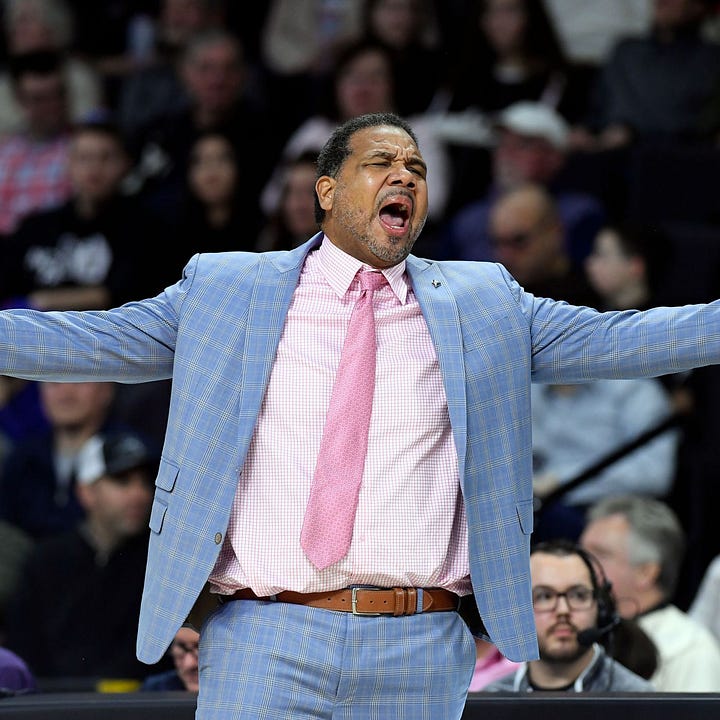
The transfer portal has reshaped college basketball, offering both opportunity and peril. While some chase its promise of instant transformation, Hurley’s proves that stability, paired with strategic additions, remains a winning formula. As the sport evolves, coaches must weigh the portal's flash against the enduring value of cohesion. By prioritizing substance over short-term dazzle, programs can build not just teams, but sustainable PROGRAMS, ready to thrive in this frenetic new era.






